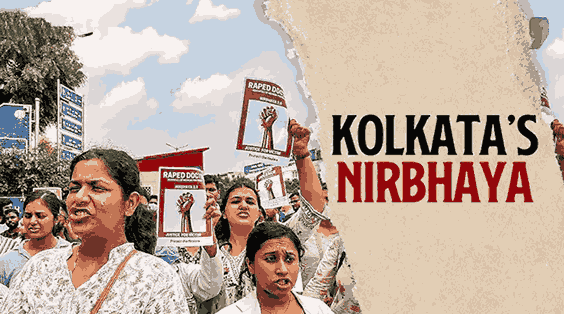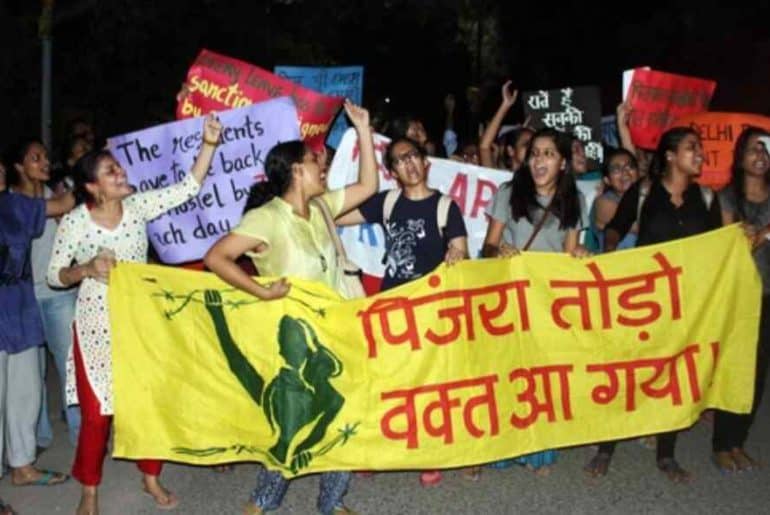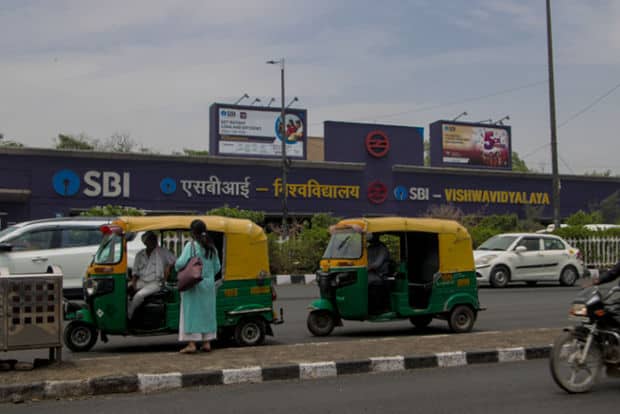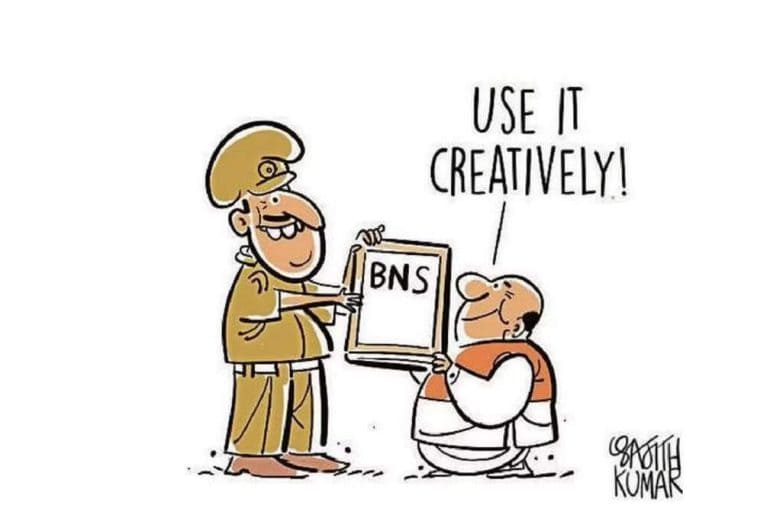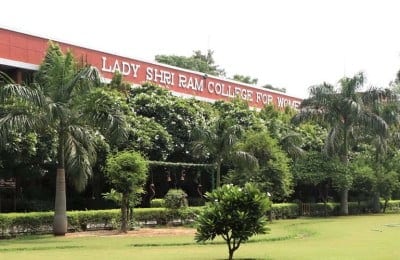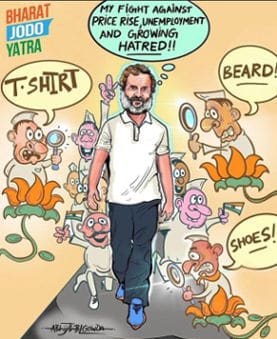Indian law prevents the revelation or use thereof of the name of the victim of a sexual offence(s) without the explicit consent of the victim, and none else. To what, then, does one direct justice?
France has not been spared the wild and purposed rioting towards a cause of sexual and social injustice pursuant to the recent developments of the rape case of Gisèle Pelicot. I shall recount the details of the case and the brutality involved in order for the reader to make sense of the argument that I shall proceed to posit later in the article.
Trigger warning: Mention of rape
Gisèle’s husband of 50 years, Dominique Pelicot, has been accused of inviting strangers—the numbers of whom have been calculated from video evidence to be around 83, out of which 50 have been identified—to rape his drugged wife over the course of almost a decade, from 2011 to 2020. In 2020, Dominique’s laptop was searched after he was caught by a security guard filming videos up the skirts of women in a supermarket near the couple’s residence. A folder labelled ‘abuses’ was discovered there, containing more than 20,000 photos and videos of the act. Gisèle, who was completely unaware of what was happening to her, later recalled instances where she would experience complete blackouts in memory where she could not remember having gotten into bed or watching a movie before falling asleep, given that Dominique would usually drug her around evening.
Gisèle, who had only recently mustered the courage to view the videos, confessed to being treated like a ‘ragdoll’, ‘sacrificed at the altar of vice’. She recalls being apprehensive that she had Alzheimer’s on account of the repeated instances of memory loss, out of the fear of which she had decided to stop driving; she remembers having lost weight and hair, alongside several other health complications, including gynaecological problems that no doctor could properly explain to her.
Drawing parallels with the case of R.G. Kar, we cannot deny numerous, almost uncanny similarities, the two most prominent of which are the abject failure of the healthcare system to protect them and the sheer brutality of the assault. The primal, most striking difference is but one. Pelicot, despite the protection offered to her identity by France’s legal system, chose to make the case and most of its details public. In explanation, her lawyer disclosed that she refused to have private proceedings, for that is “what her attackers would have wanted.” Surely enough, the accused, with the exemption of her husband, have chosen to remain unnamed. She herself declared that the choice was so made so that she might be the voice for all the other women who have been raped, drugged or both.
Whenever they experience blackouts, they may remember the testimony of Ms. Pelicot,” she said.
On the other hand, with R.G. Kar, during the first stages of the protest and legal developments, streets were strewn with irate bodies, ferociously chanting, “SAY HER NAME. Remember her.” Following the corrective and thereby preemptive action taken by Kolkata police against those that were the first to reveal her name to the public, in violation of the law, the citizens promptly switched to, what I must say, thoughtless abstractions in an attempt to immortalise her name. But they did not immortalise her name.
‘Tilottoma’, ‘Abhaya’, and the worst of them all, ‘Nirbhaya 2.0’, served to further mutilate her identity, one that was generously trampled upon by all the slighting politicians in their specious and fairly nonsensical speeches. The argument that many took to, in order to defend their turns, was essentially this: that the consent and participation of the victim are of critical importance and that using their name hurts their dignity. While to the first proposition, I may concede, to the second, I could not, and urge the reader to understand the following. The naming of the victim in an event where they are unavailable to consider their position in the order of incidence is certainly wrong; it should not have been done in the first place.
*Please note that the following argument stands only in the event that a name has already been revealed to the public. It is interested in discussing the aftermath and not in passing a value judgement on the morality of the violation itself.
All protests are fuelled by a cause, and essentially, a core, physical object that is the realisation of said cause. The ideology or the cause of a protest is merely an abstraction. Such an abstraction cannot be realised in the absence of a physical conduit through which it shall manifest. Similarly for all abstractions, a physicality must be invoked. For instance, the word ‘chair’ has no meaning in itself. It is given meaning by our experience with and knowledge of a particular physical object that looks a particular way. My object is, then, to communicate the idea that all protests converge not in an idea but in a real, physical manifestation that happens to embody that idea. In this case, the name of the victim serves the purpose.
When we immortalise their stories through names taken from legends, we find ourselves grasping at air. The importance is effectively shifted from the lives of the victims, their concrete stories, to the idea or the cause that could extend to infinite examples. Without a point of concentration, the surge of the protest weakens. The identity of the victim once again stands erased. When we say her name, we recall the blood, the bones, and the torture.
We recall the apathy of the state and the plight of the devastated families. In a way, the name becomes dignity personified, as has been the case with Pelicot. She has become the face of a long broiling unrest in France with regard to the mass attitude towards assault. All the world’s rage concentrates in her name and in her face. If instead it were a faceless caricature, it would become emblematic of not the victim, but victimhood, subsuming countless names and countless cases; but the truth is that we could not give them justice, and we will not be able to compensate now. Therefore, it is important to remember them, but they could no longer drive the fight with the grit that a name so fresh in our memories can.
When we say Abhaya, or Tilottoma, the force is dispelled, the cause falters. There is no Kolkata’s Nirbhaya; there has only been one Nirbhaya, and it shall remain so. It is important to acknowledge their individual identities and their stories, lest they become statistics in a survey. In an attempt to immortalise them, we negate their physical suffering and their tangible reality. We exalt the victim, fossilise them at the pinnacle of history, but what purpose does that serve? Protests do not happen in the realm of ideas; the conception does. An act of protest itself is a physical one. Therefore, its focus must be immediate and real. If not the name, such pale substitutes certainly do not serve their intended purpose. I invite the reader to reflect.
Read Also: To politicise, or not to politicise?
Featured Image Credits: World Pulse
Aayudh Pramanik

